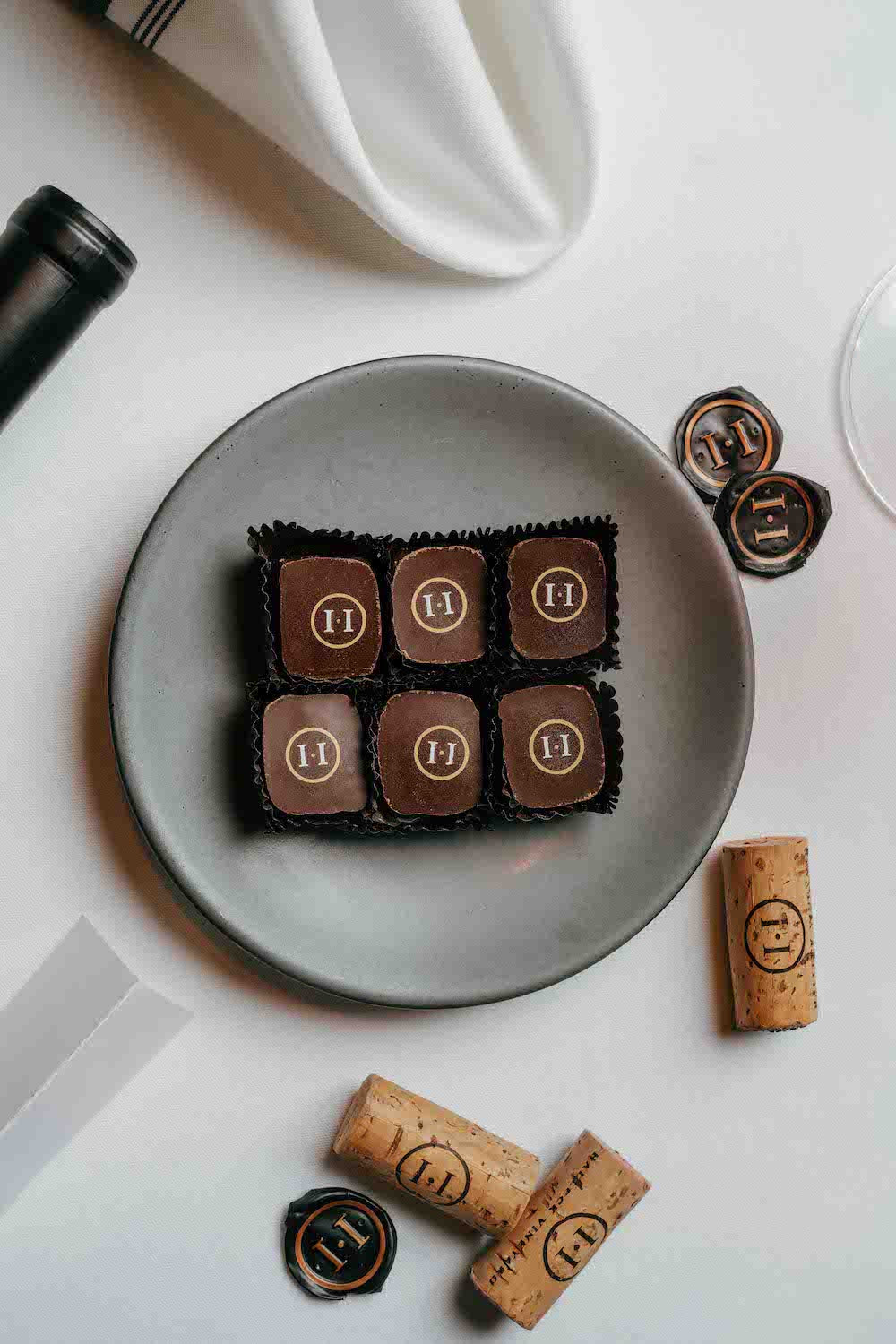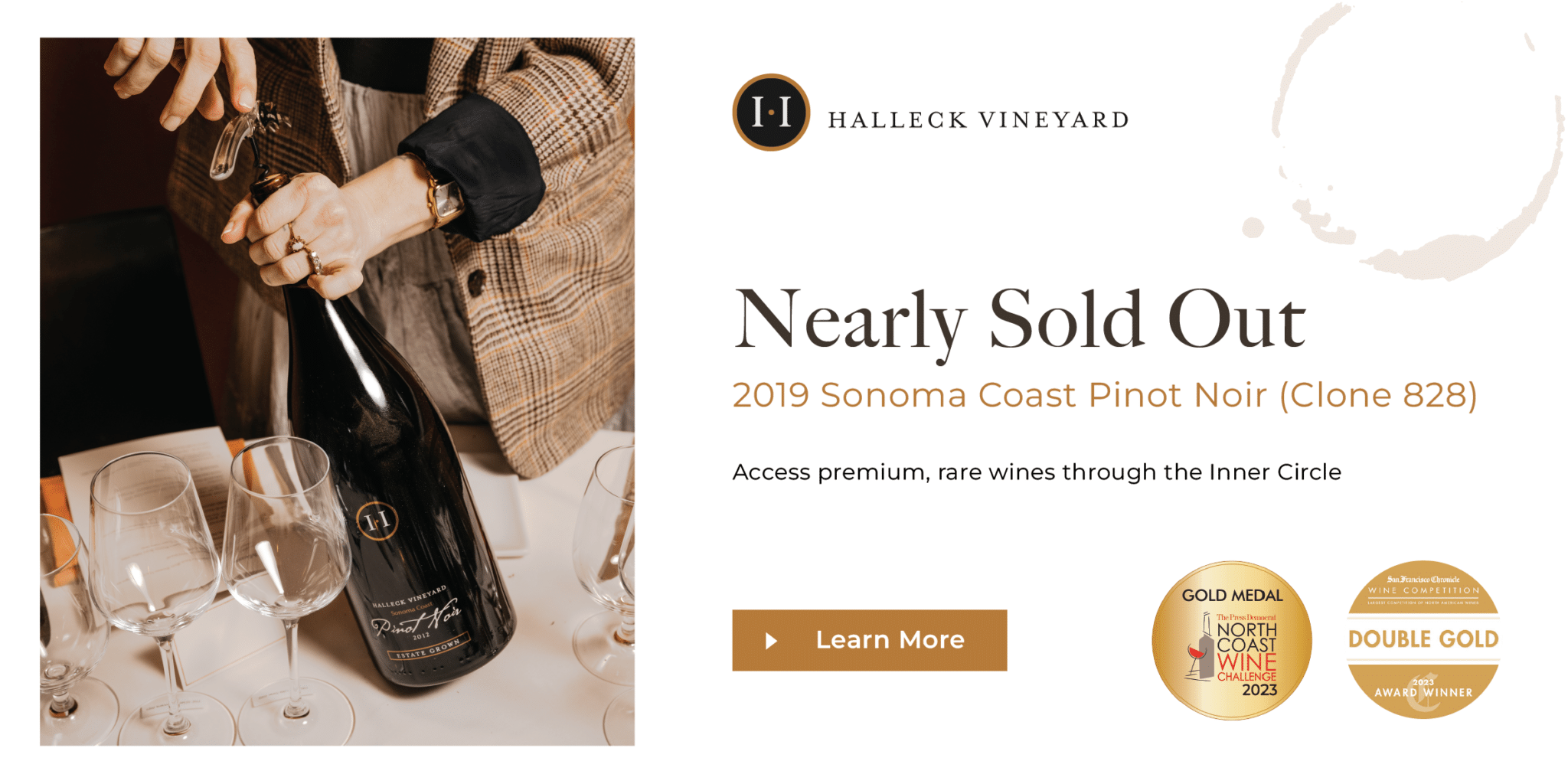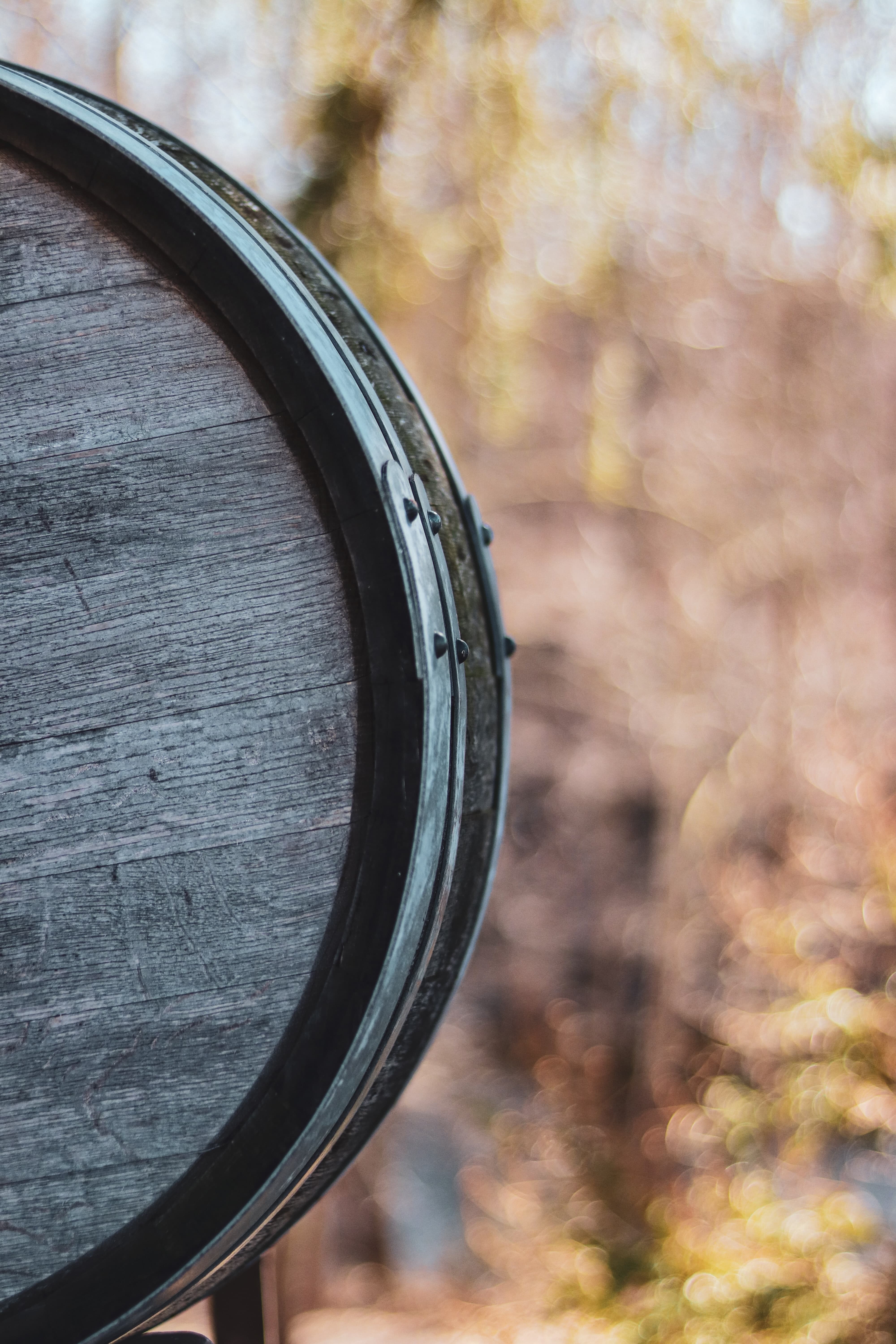Wineries With Unique Tasting Experiences - Exploring The Vineyards Of Sonoma
Wine tasting is an art that requires practice and an understanding of assorted features involved in the process. One crucial element of wine tasting is the development and interpretation of tasting notes, which serve as a guide for each novices and seasoned connoisseurs. A Guide To Understanding Winery Wine Tasting Notes can improve your wine-tasting experience, making it more meaningful and enjoyable.
Tasting notes are concise descriptions that capture the essence of a wine’s flavors, aromas, and general character. Normally composed by professional tasters, winery tasting notes offer insights into the nuances of varied wines. They may help wine enthusiasts understand what to expect from a specific bottle. Nonetheless, tasting notes can vary extensively in style and element based on the writer's experience and palate.
Beautiful Picnic Areas At Sonoma Wineries - Local Wineries In Sebastopol
When you first method a glass of wine, your senses will start to engage right away. The sight, scent, and style of the wine will converge to provide you a whole experience. Tasting notes usually start with the visible assessment, where the color of the wine is taken into account. Colour plays a major function in indicating the wine’s age, grape variety, and even its flavor profile.
After assessing the visible facet, the following step includes swirling the wine within the glass. This action aerates the wine, allowing its aromas to awaken. Smelling the wine supplies important insight into its complexity. The preliminary sniff can ship a flood of scents that may embrace fruity, floral, natural, or earthy notes. This is often essentially the most subjective part of tasting, as particular person experiences can dramatically differ.
In winery tasting notes, descriptors are often categorized into major, secondary, and tertiary aromas. Main aromas normally stem from the grape variety, secondary aromas derive from fermentation processes, and tertiary aromas arise from getting older. Understanding these categories may help you appreciate the depth of a wine, they usually additionally give you the vocabulary to express your experience better.
Wineries With Picnic Areas - Finding Good Wineries For Wine Tasting
Following the olfactory encounter, your focus will shift to the style of the wine. This is where the primary characteristics—sweetness, acidity, tannins, alcohol—come into play. Tasting notes usually detail these flavors in multiple dimensions, including the preliminary assault on your palate to the lingering end in your tongue. A high-quality wine will current a harmonious stability between these components.
Whereas tasting, it's essential to contemplate the physique of the wine, which could be described as light, medium, or full. The body contributes considerably to your overall impression, serving to you contemplate how the wine pairs with food or whether it stands alone as a sipping wine. Balancing the body with the opposite characteristics will present you with a fuller understanding of what the wine has to supply.
The finish of the wine, also known as the aftertaste, is another important facet often included in tasting notes. A lengthy, pleasant end usually indicates the next quality wine, whereas a short or cloying aftertaste could suggest in any other case. Evaluating the finish can provide further perception into the wine's complexity and distinction.
Understanding the context of winery tasting notes can additionally be valuable. Tasting notes can present contextual information about the winery's location, climate, and grape-growing practices. This context provides another layer of appreciation for the wine, permitting enthusiasts to attach the sensory experience with its origins, thus enhancing the enjoyment further.
Vintage Wine Tasting Experiences In Sebastopol - Craft Wineries In Sonoma
Many wineries provide tasting notes on their web sites or labels, usually written in an approachable but informative style. However, not all winery tasting notes are created equal. Some may be overly technical, whereas others may prioritize advertising flair over insightful evaluation. Studying to navigate these notes can arm you with the knowledge to make knowledgeable selections when choosing wines.
Collaborating in tastings at wineries can also deepen your understanding of wine tasting notes. Interacting with educated employees can give you a extra hands-on strategy to exploring totally different wines and the language used to describe them. Wineries Offering Elegant Wine Tastings. You Will have the opportunity to ask questions, have interaction in discussions, and doubtlessly refine your palate in real time.
Experimentation is essential for mastering wine tasting notes. As you pattern completely different wines, try making your own notes. Focus on describing the wine’s shade, aroma, style, and finish. Over time, you’ll develop a private vocabulary that resonates along with your sensory experiences. Every note you create will assist refine your palate, allowing you to appreciate wines at a deeper degree.
Vineyard Tours With Guided Tastings In Sonoma - Vineyard Tours In Sebastopol
In conclusion, a Guide To Understanding Winery Wine Tasting Notes provides a complete framework for diving into the world of wines. It equips you with the methods and language necessary to articulate your experiences. Whether you are a informal drinker or a devoted aficionado, understanding and using tasting notes can profoundly impression your wine journey. This knowledge not solely enhances your enjoyment but in addition connects you deeply with the wealthy narratives every bottle tells. By embracing this journey, you turn out to be a part of the beautiful mosaic of wine culture, where each sip unveils a model new story ready go to these guys to be found.
- Wine tasting notes usually encompass quite lots of sensory descriptions, including aroma, flavor, acidity, body, and end, permitting tasters to totally recognize the wine's traits.
- To improve your understanding, familiarize yourself with widespread wine terminology such as "tannins," "oakiness," or "terroir," which can help decipher the notes more successfully.
- A systematic method to tasting entails first visually assessing the wine's color and clarity, followed by swirling to launch aromas, then inhaling and describing what you experience.
- Taking notes during tasting might help establish patterns over time, bettering your palate and making it simpler to recall preferences for future selections.
- Don't overlook the affect of food pairings; tasting notes can differ significantly when a wine is loved with complementary flavors, altering perception and enjoyment.
- Pay consideration to the wine’s vintage, as weather conditions in a given 12 months can considerably affect the ultimate product, including one other layer to the tasting notes.
- Contemplate the winemaker's style and philosophy, which might shape the wine's profile and impact how its notes evolve with each sip.
- Practicing with different grape varieties can broaden your vocabulary; every kind brings distinctive characteristics that may improve your capability to articulate tasting notes effectively.
- Partaking with wine professionals or attending tasting events can provide priceless insights, providing a richer context for understanding personal tasting notes.
- Remember that tasting is subjective; individual preferences and experiences will form one’s interpretation of the same wine, enriching the overall enjoyment of wine exploration.
What are wine tasting notes?
Wine tasting notes are descriptive comments made by tasters in regards to the appearance, aroma, style, and finish of a wine. They present an overview of the wine's traits and can help consumers understand the style and high quality of the wine.
Wineries Known For Their Beautiful Gardens - Sonoma Vineyard Tours
Why are tasting notes essential when choosing wine?
Tasting notes can guide you in choosing a wine that suits your palate. They present insights into flavors and aromas, helping you to match wines with food or occasions. Understanding these notes enhances your general wine experience.
How should I learn wine tasting notes?
(Wineries Promoting Wine Club Memberships)
Family-Oriented Wine Tasting Venues In Sebastopol - Sonoma Valley Vineyards And Wine Tasting

When reading wine tasting notes, take note of the structure: search for descriptions of shade, aroma, flavor, and finish. This will allow you to grasp the wine's profile and decide if it aligns together with your preferences.
What phrases commonly seem in wine tasting notes?
Frequent terms embrace "tannin" (the structure), "acidity" (the crispness), "body" (the weight), and numerous flavor descriptors like "fruity," "earthy," or "spicy." Familiarizing your self with these phrases can deepen your understanding of wine.
Family-Friendly Wineries Near Sebastopol - Best Winery In Sonoma For Quality Wine

Can I create my own tasting notes?
Yes! Writing your own tasting notes can enhance your wine tasting experience. Focus in your observations of style, aroma, and different sensory traits. This personal practice might help you refine your palate over time.
How do I determine the aromas in wine tasting notes?
Intimate Wine Tasting Experiences In Sonoma - Exploring The Vineyards Of Sonoma
To identify aromas, practice smelling quite a lot of scents and associating them with wines. helpful hints Swirl the wine in your glass to release its aromas, then take a moment to breathe in deeply before identifying any outstanding scents.

What is the distinction between professional and private wine tasting notes?
Professional tasting notes may use more technical language and particular terminology, whereas personal tasting notes are subjective and reflect individual experiences. Each are useful for understanding and enjoying wine, but personal notes could resonate extra together with your distinctive tastes.
How can tasting notes enhance my wine appreciation?
Wineries That Offer Dog Friendly Areas - Tasting Rooms In Sebastopol
Tasting notes can enhance your appreciation by serving to you to know and articulate the complexities of wine. They encourage mindful tasting and supply a framework for comparing different wines, resulting in a richer enjoyment of the beverage.
Are there any apps or tools to help with wine tasting notes?
Sure, there are several apps designed to assist customers report and manage their tasting notes. These instruments typically offer features like flavor wheel guides and wine database searches, making it simpler to trace your journey via totally different wines.
Comments on “Sonoma's Top Sparkling Wine Producers - Wineries With Outdoor Tastings In Sebastopol”